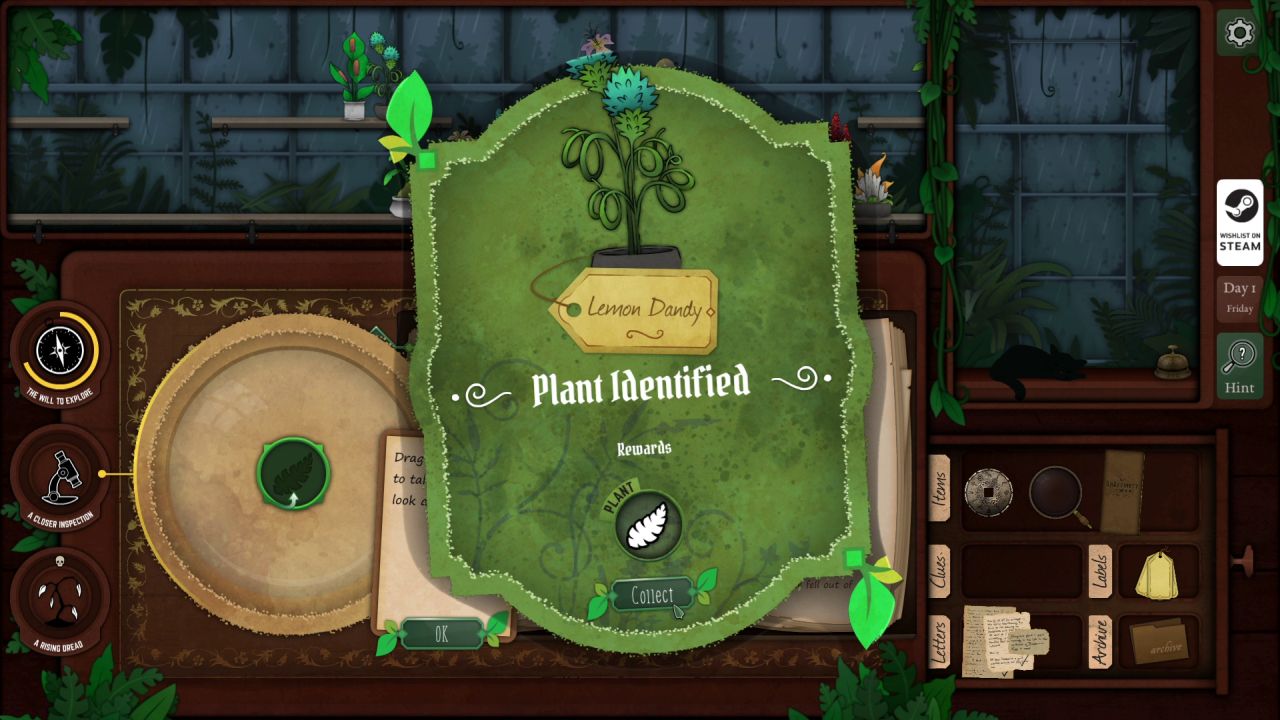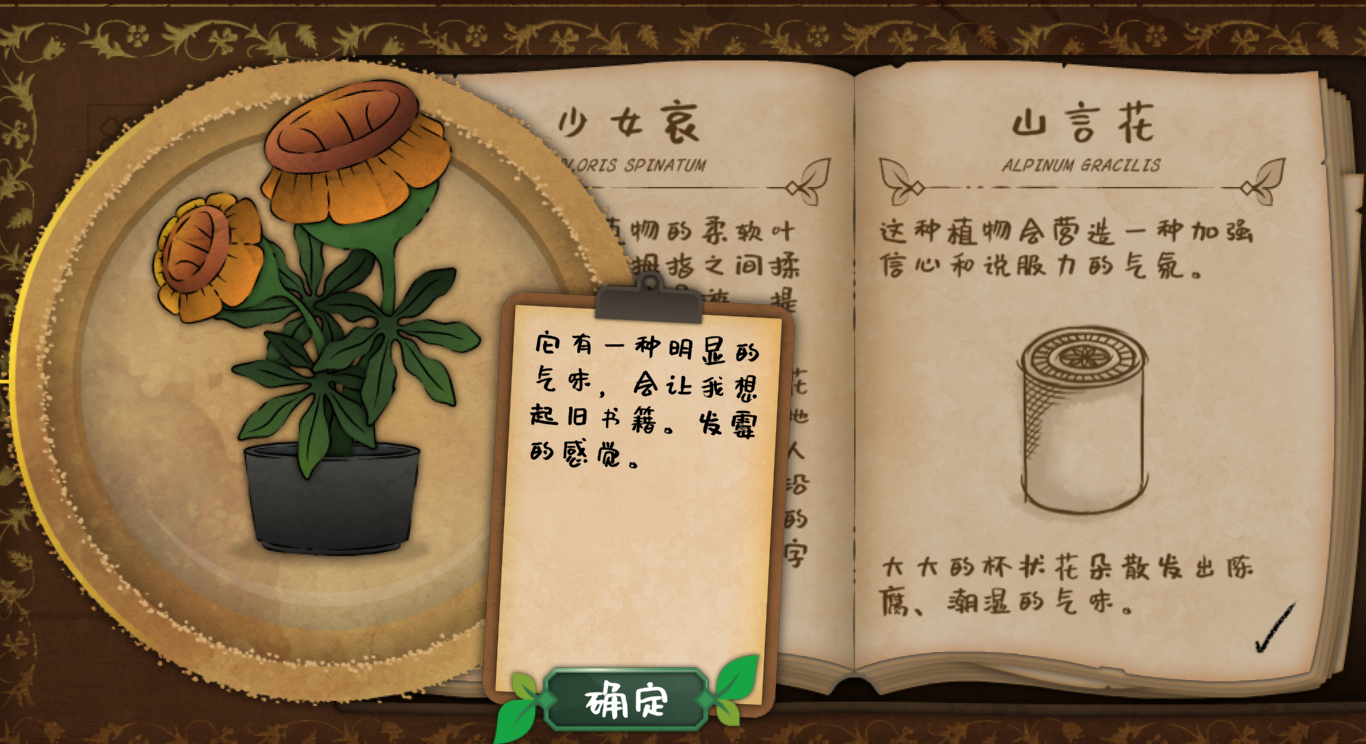

Cette esthétique naturelle impliquait également, du moins en théorie, moins d’entretien et de frais, ce qui répondait aux aspirations des classes moyennes victoriennes, qui pouvaient acquérir et partager leurs connaissances horticoles dans les colonnes des journaux à succès consacrés au jardin et édités par Robinson. En mettant les besoins et les formes des plantes au cœur de sa définition de la beauté, faisant ainsi du savoir botanique un préalable à la création d’un jardin, il s’est efforcé d’évincer les architectes de la profession paysagère.
Norwood strange horticulture plus#
Il semble en effet que son aversion pour l’artificialité et ses prêches pour un style de jardin plus naturel soit une manière de promouvoir la figure socio-professionnelle du jardinier aux dépens de celle de l’architecte. Cet article se propose d’analyser, principalement au travers d’un corpus d’articles de presse écrits par Robinson, les implications socio-économiques de ses choix esthétiques. Son vif rejet des formes et des couleurs artificielles dans les jardins a profondément remis en cause le grand style victorien alors en vogue, dans lequel lignes droites et motifs géométriques dominaient, sous formes de topiaires, d’aplats de couleurs monotones et de terrasses planes. Français : William Robinson (1838-1935) est un jardinier et journaliste irlandais considéré comme le principal instigateur de l’esthétique du jardin fleuri de cottage anglais qui est apparue dans la dernière partie du xixe siècle. The community of gardeners gathered in those pages reflected a larger Weltanschauung in which the figure of the gardener embodied the possibility of harmonious coexistence and symbiosis between Victorians and Nature. This natural aesthetics also theoretically entailed less care and fewer costs, which appealed to aspiring Victorian middle-classes who could acquire and share horticultural knowledge in the columns of Robinson’s popular gardening magazines. By putting the plants’ needs and forms at the core of his definition of beauty, thus making horticultural knowledge the prerequisite to garden creation, he endeavoured to oust architects from the landscape profession. It seems that his rejection of artificiality and laudation of a more natural style of gardening was indeed a way of promoting the socio-professional figure of the gardener at the expense of the architect. This paper purports to analyse, mainly through a corpus of Robinson’s newspaper articles, the socio-economic implications of his aesthetic choices. His adamant rejection of artificial forms and colours in gardens came as a blow to the fashionable high-Victorian gardening style in which straight lines and geometrical patterns dominated in the form of topiary art, unvaried masses of colours, and flat land terracing.


William Robinson (1838–1935) was an influential Irish gardener and journalist who came to be known as the main instigator of the English flower garden and cottage aesthetics that emerged in the latter part of the nineteenth century. Bridging these disciplinary boundaries, the glasshouse played a key role in the emerging environmental paradigm in architecture by crossbreeding building practices with scientific knowledge and illustrating how mechanical solutions could be applied to living problems. He explores how gardening periodicals and books served as vehicles for environmental and scientific thought, and how “artificial climates” made by horticulturalists were reinscribed in debates over human health and transformed into “medical climates” in architecture. In On the Horticultural Origins of Victorian Glasshouse Culture, Dustin Valen examines how gardening informed architectural production in nineteenth-century England by transmitting Victorian science into building culture. While historians have pointed to the confluence of glasshouse horticulture and the rise of environmental thought in architecture, how and why these transfers took place is not well understood. Designed to protect and propagate exotic plants from around the world, the nineteenth-century glasshouse was a topos for environmental concerns.


 0 kommentar(er)
0 kommentar(er)
